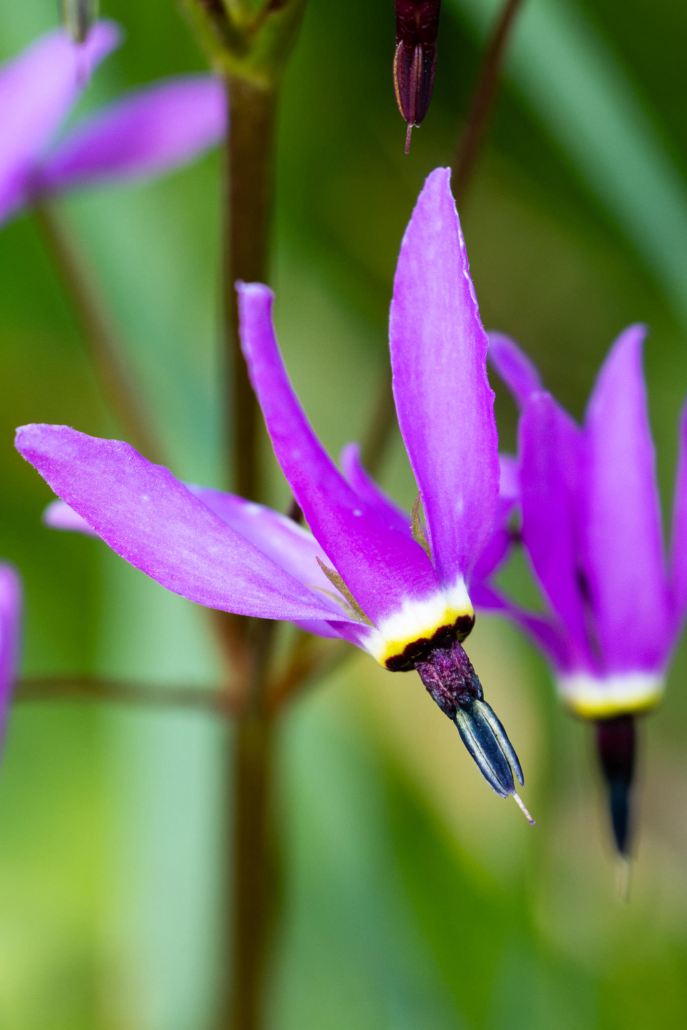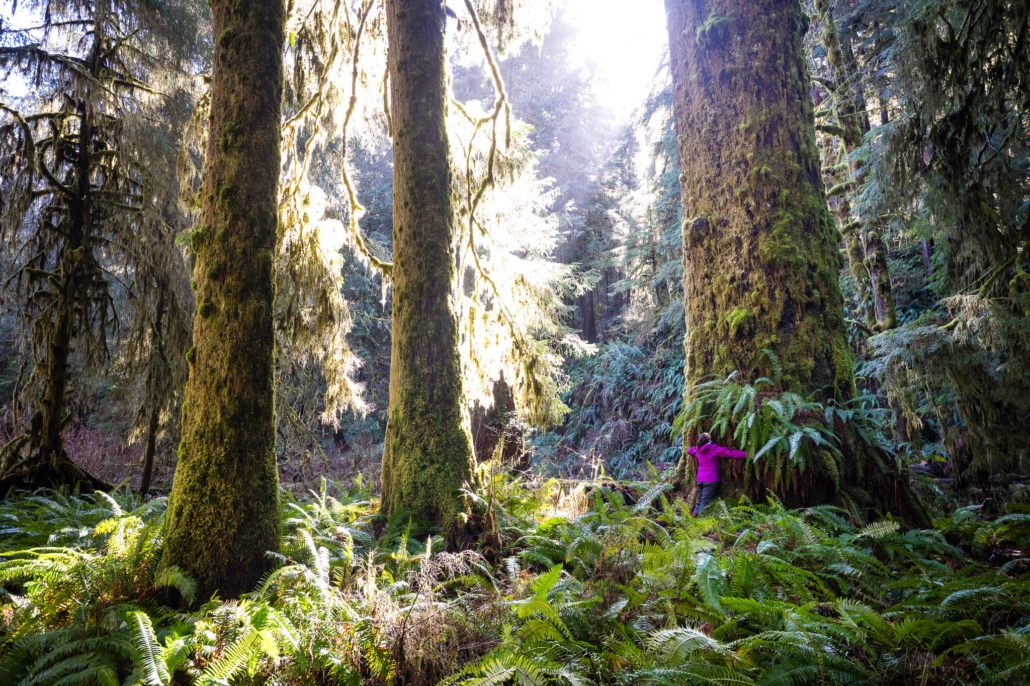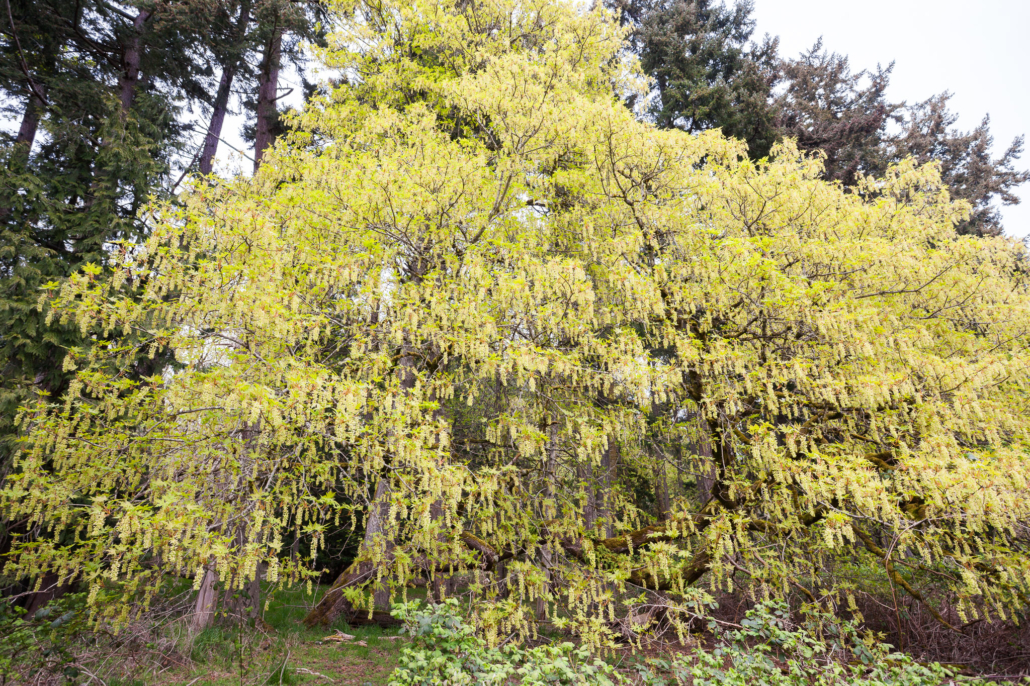 Jun 13 2025
Jun 13 2025Shooting Stars
A beautiful highlight of Vancouver Island’s endangered Garry oak meadows is the shooting star flower. These vivid magenta to lavender-coloured blooms, with their swept-back wing-like petals and fused anthers forming a pointed beak, seem like flocks of tiny hummingbirds in mid-flight.
On Vancouver Island, we have two species of this flower: the few-flowered or dark-throat shooting star and Henderson’s shooting star. The few-flowered shooting star (pictured here) is distinguished by its narrower, elongated leaves.

The shooting star is unusual among flowers because it produces no nectar for pollinating insects. However, its protein-rich pollen is a critical food source for larval bees, making it valuable to queens just starting their colonies and seeking protein for their first round of developing offspring.
The flower is choosy about its customers, only releasing pollen to insects that can practice something called “buzz pollination” (also called “sonication”). In this technique, an insect vibrates its thoracic muscles at a frequency that dislodges the stuck pollen from the flower.

Not all pollinators have mastered this nifty trick. Honeybees, for instance, seem incapable of buzz pollination and so cannot effectively pollinate the shooting star. Our native bumblebees, however, are buzz masters, providing a critical ecological service and gaining privileged access to this protein-rich prize.
Shooting stars are an early highlight of our oak meadows and woodland glades. By the time the camas is in full flood, the last magenta meteors of shooting stars are already fading in the grass under the dreamy murmur of bumblebee wings.




